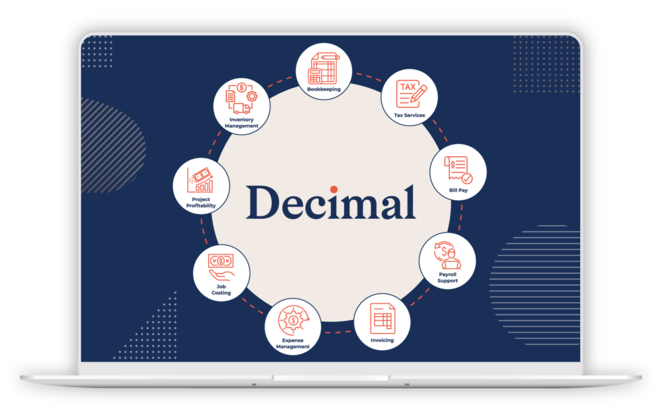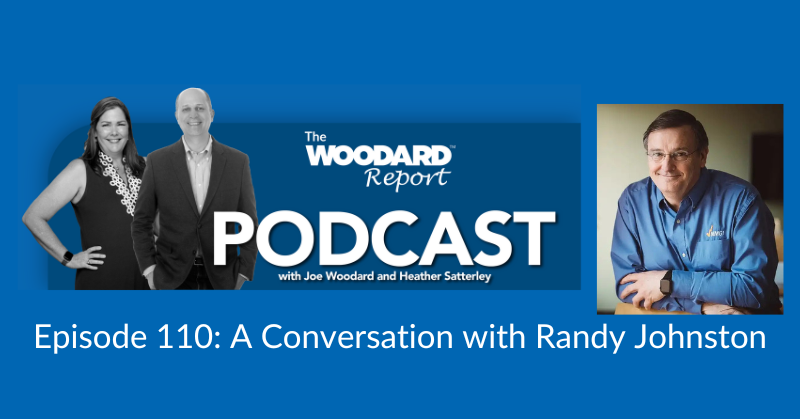The ADHD brain isn’t broken—it’s built for innovation. You just have to point it in the right direction.
You’ve probably seen it firsthand: a team member who thrives in strategy sessions and client conversations but struggles with routine tasks. It’s easy to misread that as a performance issue when it’s really a placement issue.
As Sabrina Parris, co-founder of Ovata Collective for Neurodivergent Accountants and a tax consultation firm owner with ADHD, puts it: “Learning that I had ADHD felt like someone finally handed me the right map after years of wandering.”
Too often, firms sideline their most creative thinkers by boxing them into roles that don’t fit. ADHD professionals aren’t unproductive; they’re just misaligned. And when you manage their strengths intentionally, especially in Client Advisory Services (CAS), you unlock innovation that can reshape your firm.
The misalignment: traditional accounting tasks vs. ADHD strengths
Traditional accounting roles often reward consistency, repetition, and precision, think bank reconciliations, compliance reporting, and ticking off a task list day by day. For ADHD brains, that’s mental quicksand. Repetitive tasks drain their energy, and over time, that friction shows up as missed deadlines, mental fatigue, or burnout.
The mistake many firms make is labeling ADHD staff as “unfocused” or “unreliable,” when the real issue is misalignment. You wouldn’t call a sprinter a bad athlete because they struggle with long-distance pacing.
And yet, firms still use one-size-fits-all metrics that overlook what ADHD professionals do best: strategic thinking, creativity, and building client connections, the exact strengths CAS work demands.
Why CAS is a natural fit for ADHD brains
Client Advisory Services offers something most traditional roles don’t: engagement over repetition. Every client presents a different challenge. You’re not assigning them the same workflow every week. You’re giving them the space to connect dots, spot patterns, and create tailored solutions.
ADHD professionals often have exceptional strategic planning, thinking, and pattern recognition skills. They’re wired to find what others miss, solve unstructured problems, and bring fresh ideas to the table, even when (or especially when) things get messy.
“There were times when I could think of solutions or approaches that my neurotypical colleagues might not have considered.” – Sabrina Parris
CAS also demands strong relationship skills, something many ADHD professionals have in abundance. Their intuition, empathy, and people-reading skills make them naturals at building trust.
And here’s something else worth noting: tight timelines and high-stakes situations don’t rattle ADHD team members; they activate them. Many hit their stride when the pressure is on, making them invaluable when a client is in crisis or a deadline looms.
Key characteristics to look for in ADHD staff who are ready for CAS
Not every ADHD team member is a fit for CAS, but many are already showing signs that they could thrive in it.
Look for those who shine under pressure, handle client challenges with calm, and come alive in brainstorming sessions. When someone can’t sit through another hour of reconciliations but thrives in unstructured problem-solving or client strategy calls, they may be better suited for advisory work than compliance.
Another clue? They’re the ones experimenting with new tools before anyone else. ADHD professionals often have a natural enthusiasm for technology and automation. They’re not afraid to test a new app, refine a workflow, or suggest a system that improves efficiency.
Their productivity might dip on repetitive tasks, but give them an open-ended project and they’ll often exceed expectations.
How to set ADHD team members up for success in CAS
Once you recognize the strengths your ADHD team members bring to CAS, the next step is setting them up to win.
Start by redesigning roles around strengths. If someone thrives in client conversations and strategic thinking but struggles with repetitive tasks, let that guide their responsibilities. Reduce routine-heavy admin where possible and delegate it to team members who prefer structure. This isn't about special treatment; it’s about leading with clarity as a firm owner.
Next, give them the right support tools. Practice management software provides clarity and structure without feeling rigid. Visual dashboards, recurring workflows, AI task assistants, and built-in reminders can all reduce the mental load and make follow-through easier.
Offer a flexible structure instead of a rigid one. Many ADHD professionals work best with time-blocking, task batching, and schedules that allow for breaks or movement.
Add in accountability systems that don’t feel punitive. Think body doubling (working alongside someone else), short daily standups, or using a “Big 3” method—focusing on just three key priorities each day to maintain momentum without overwhelm.
And finally, think about client-fit mapping. ADHD team members often shine with high-touch, fast-moving clients who want a strategic partner. Matching the right personality with the right client does wonders for both sides of the relationship.
The business case: why this strategy fuels firm growth
CAS is the future of the profession. It’s more profitable, scalable, and sticky than traditional compliance work. And to do it well, you need thinkers, people who can connect dots, spot patterns, and advise clients with clarity and confidence. That’s exactly what ADHD professionals bring to the table.
They don’t think in straight lines, and that’s the point. Their non-linear problem-solving is what gives your firm a competitive edge. They ask different questions, reframe problems, and challenge outdated processes.
This approach also fuels retention and morale. Instead of trying to "fix" how someone works, you're tapping into how they're wired. That shift builds loyalty, motivation, and trust.
And beyond individual performance, you're building something bigger: a culture of strengths-based leadership and neurodiversity inclusion.
Action plan for firm leaders
You don’t need to overhaul your org chart overnight to start seeing the impact of aligning ADHD talent with CAS work. Small, intentional steps can make a big difference.
- 1. Identify ADHD team members and assess alignment.
- Start by taking an honest look at your team. Who thrives under pressure? Who struggles with repetition but lights up in strategy sessions? Talk to them. Understand how they work best and where they feel friction.
- 2. Pilot 1–2 advisory projects.
You don’t need a full CAS rollout to test this approach. Assign one or two open-ended, client-facing projects to the team member in question and observe their engagement, energy, and performance. Let them play to their strengths. - 3. Train your managers.
This shift won’t work unless your leadership team knows how to support neurodiverse work styles. That means rethinking productivity expectations, communication styles, and letting go of generic productivity hacks that don’t work for every brain. A little training goes a long way in creating psychological safety and sustainable success. - 4. Build workflows that support autonomy, accountability, and creativity.
Use practice management software to create flexible but structured workflows. Think recurring workflow templates, clear deadlines, visual dashboards, and shared accountability tools. - 5. Track what matters.
Don’t just look at how many tasks get checked off. Track outcomes that align with advisory success: client satisfaction, project completion, revenue generated, and team morale.
Conclusion: your underutilized advantage
What looks like a distraction or inconsistency in the wrong role can become innovation, agility, and insight in the right one. Client Advisory Services isn’t just a better fit for ADHD talent. Aligning talent to the right role, especially when it comes to ADHD talent, is a game changer that transforms challenges into strengths, and helps your firm thrive.
It’s time to rethink how roles are assigned, how performance is measured, and how leadership shows up for neurodiverse teams. Start small. Start intentionally. And start building a firm that grows not despite differences, but because of them.
Sponsored Content: This article is generously brought to you by one of our valued sponsors. Their support enables us to continue delivering expert insights and the latest industry trends to our dedicated community of accounting professionals.
.png?width=150&height=63&name=TWRlogo-regmark_blueblack%20(1).png)
.png)










Do you have questions about this article? Email us and let us know > info@woodard.com
Comments: